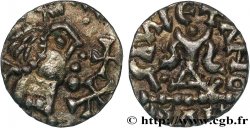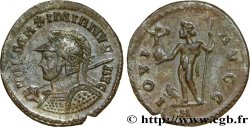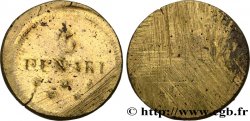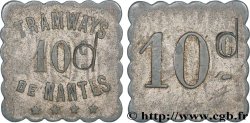Live auction - bmv_347029 - MEROVINGIAN COINAGE - BANASSAC (BANNACIACO) - Lozere Triens au nom de SIGEBERT III
得先注册又得到批准才可以报价。为了报价注册. 客户应该得到公司允许,那种过程需要 48 个小时。别等出售结束那一天才登记。您报价的话等于您赞成买那物品,而且按« 保价 » 证明您接受 cgb.fr 因特网拍卖使用法.
报价时只可以出全数值欧元总额。物品描述也说明销售结束时间,结束后出价都不会生效。 报价命令转达有时变动,等到最后秒钟增加否决的可能会。想多了解的话请注意 因特网拍卖常问
最高出价方将支付18%的不含税的拍卖费用
最高出价方将支付18%的不含税的拍卖费用
| 估算 : | 5 000 € |
| 价格 : | 没有出价 |
| 最高出价 : | 没有出价 |
| 拍卖结束日期 : | 31 March 2015 15:18:01 |
种类 Triens au nom de SIGEBERT III
日期: c. 640-680
铸币厂名称/城市 Banassac (48)
材质 gold
直径 13,5 mm
模子方针 8 h.
重量 1,24 g.
稀少度 R3
关于品相的说明
Triens de qualité pour ce type assez rare, sur un flan un peu court par rapport aux coins, en or pâle presque blanc
出版目录中的项代码 :
家谱
Cet exemplaire provient du stock Florange ; il a été acquis en octobre 1956
正面
正面的文字 SIGIBE[RTVS RIX].
正面的说明书 Tête diadémée à droite, diadème et cou perlés, dans un grènetis intérieur ; légende circulaire commençant à six heures et grènetis extérieur.
背面
背面的文字 GAVALETANO // BAN.
背面的说明书 Calice à deux anses, sur une ligne d’exergue perlée ; légende autour.
评论
Selon les ouvrages, ce triens est attribué à Sigibert II ou à Sigibert III. Les triens au nom de Sigebert III (634-656) seraient datés de 640 à 680.
L’inventaire du Monetae recense 17 exemplaires, avec des légendes plus ou moins bien complètes ; l’analyse métallique de ces monnaies donne des titres allant de 18 à 70 % d’or.
Depending on the works, this trien is attributed to Sigibert II or Sigibert III. The trien in the name of Sigibert III (634-656) would be dated from 640 to 680. The inventory of the Monetae lists 17 examples, with more or less complete legends; the metallic analysis of these coins gives titles ranging from 18 to 70% gold
L’inventaire du Monetae recense 17 exemplaires, avec des légendes plus ou moins bien complètes ; l’analyse métallique de ces monnaies donne des titres allant de 18 à 70 % d’or.
Depending on the works, this trien is attributed to Sigibert II or Sigibert III. The trien in the name of Sigibert III (634-656) would be dated from 640 to 680. The inventory of the Monetae lists 17 examples, with more or less complete legends; the metallic analysis of these coins gives titles ranging from 18 to 70% gold







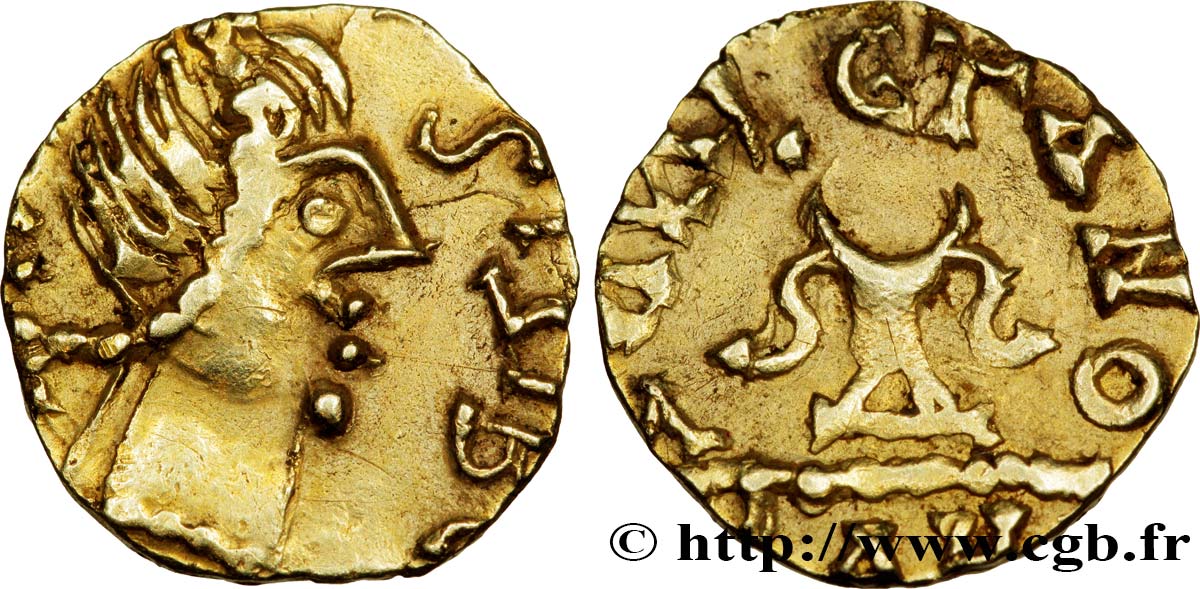
 对产品描述纠错
对产品描述纠错 打印
打印 分享我的选择
分享我的选择 提问
提问 Consign / sell
Consign / sell
 产品介绍
产品介绍
